We’ve had our eye on Velotric since the brand’s launch a few years back. They’ve done an admirable job of building e-bikes that fit neatly into a category and provide plenty of value. We liked the Discover 1, and now they have introduced its follow-up, the aptly named Discover 2.
The Discover 2 is a commuter and while it looks more or less the same as the Discover 1, when you look a little closer, a number of changes stand out, all of them contributing to an intriguing evolution of this commuter e-bike. In our Velotric Discover 2 we will examine all of these changes and see how well they add up.
You’re wondering, “What did they change?” Let’s survey the changes in brief: They upgraded the motor from 500W to 750W. The battery capacity increased from 672Wh to 706Wh. They added a torque sensor. They now offer two frame sizes. The wheel size increased from 26 in. to 27.5 in. And they swapped the 7-speed drivetrain for an 8-speed one.
As we said, visually, none of these details leaps out at you, but on paper it looks like an essentially new e-bike and maybe it ought to be considered on its own, but it can be hard to appreciate for all that Velotric has shoehorned into an e-bike that retails for less than $2,000 without looking back to the Discover 1.
There’s lots to chew on. Let’s jump in.
My Experience Riding the Velotric Discover 2 E-Bike
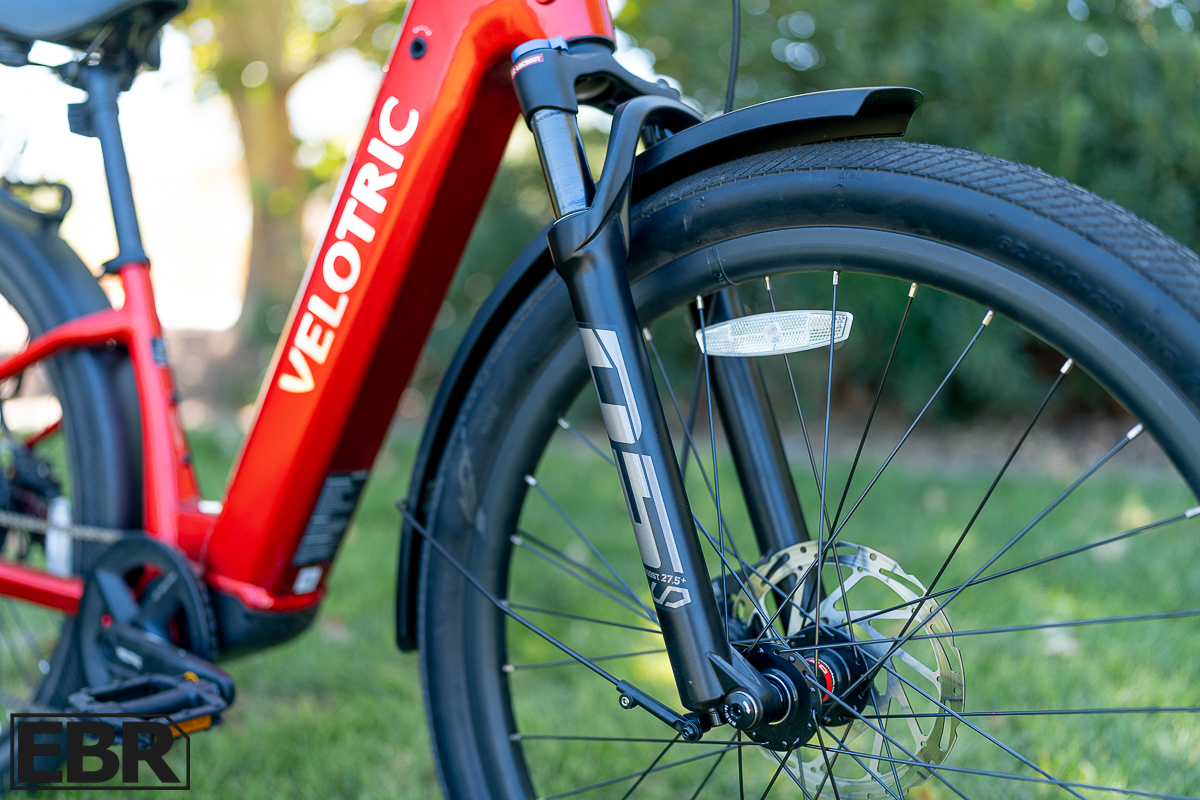
I like riding bikes, whether they are electric, or not. I’ve always loved that feeling of zipping along, so Class 3 e-bikes are a favorite of mine. Honestly, they feel a bit like cheating at times. The extra speed is a bit like an extra serving of fun. Unlocking the Velotric Discover 2 took less than a minute using their app, and less than a minute after that I was accelerating up to top speed.
Most of the e-bikes I review are Class 1 and Class 2, so the Class 3 e-bikes stand out, but that doesn’t mean they are all great; some promise more than they deliver. It’s not hard to guess which ones may be promising more juice than one orange can produce; 20-in. wheels and a 500W motor won’t prevent an e-bike from performing as a Class 3 e-bike, but it does make it harder.
I liked the Velotric Discover 1, but there’s no question that the Discover 2 is a better ride. The combination of a more powerful motor and bigger wheels make the acceleration more pronounced and give it an assured calm at speed, which is an important part of feeling confident when you’re going better than 20 mph. I love the addition of the torque sensor because that puts the speed control in my legs, where I prefer it.
I also like that the Discover 2 can be switched between Class 1, 2 or 3 operation; there are a number of bike paths around here that only allow Class 1 e-bikes and switching the Discover 2 takes just seconds with the smartphone app.
One of the real standout features of the Velotric Discover 2 is its range. Anyone with even a hint of a worry about range need to add this e-bike to their short list. I rode the Discover 2 for the better part of a week before bothering to charge it.
Range
Estimated Range (from Velotric): Up to 75 mi.
Real World Range Test Results (from ElectricBikeReport): 85.6 mi.
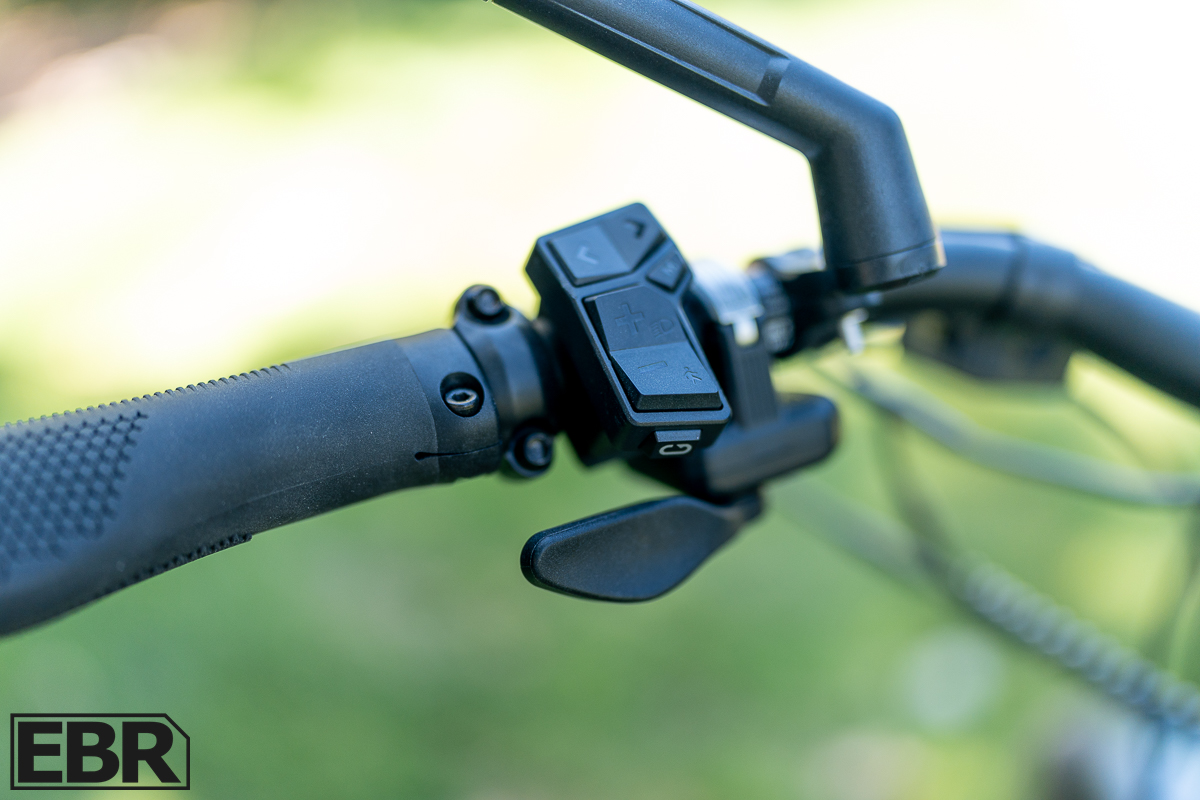
Any time a brand claims that their e-bike will offer more than about 60 miles of range we raise an eyebrow, sometimes two. Our experience has been that the greater the claimed range, the greater the chance is that their estimate is, uh, generous. We don’t think there’s anything nefarious afoot and a fraud is being perpetrated on an unsuspecting public, but if an estimate is off by a tiny bit at short distances, it will be off by a much greater margin when that distance grows by 10 times. Which is why estimates of more than 60 miles of range can be noticeably off.
So, when an e-bike exceeds the estimated range by 10 percent or more, we sit up and take note. When our colleagues at Electric Bike Report tested the Velotric Discover 2, which claims a range of up to 75 miles, they got one of those rare surprises. The Discover 2, built around a 750W motor (more on that soon) and 706Wh battery (ditto), managed to keep one of their staffers on the road for 85.6 miles—a bit more than 13 percent over their estimate.
Even at PAS 5, the Velotric Discover 2 performed impressively, covering 34.1 miles. Offering so much range with a 706Wh battery is no small feat, so the question we had to ask was why. The answer is simple enough: The biggest single factor in the Discover 2’s impressive performance comes down to a single component, a torque sensor. The move from 26-in. wheels to 27.5-in. wheels also helped because larger wheels roll more efficiently, but the torque sensor is what puts the ball through the net, so-to-speak.
While we’ll talk more about how a torque sensor functions in our next section, here’s how a torque sensor affects range: It dishes out power in proportion to the rider’s effort. If a rider wants to go fast, they are going to have to make a bigger effort. Fundamentally, a rider on an e-bike with a torque sensor is going to work harder (and burn more calories) than one on an e-bike with a cadence sensor. This isn’t to argue that one is better than the other; they have differing appeals.
Bottom line: The Discover 2 is a long-range beast.
Power (Motor & Battery)
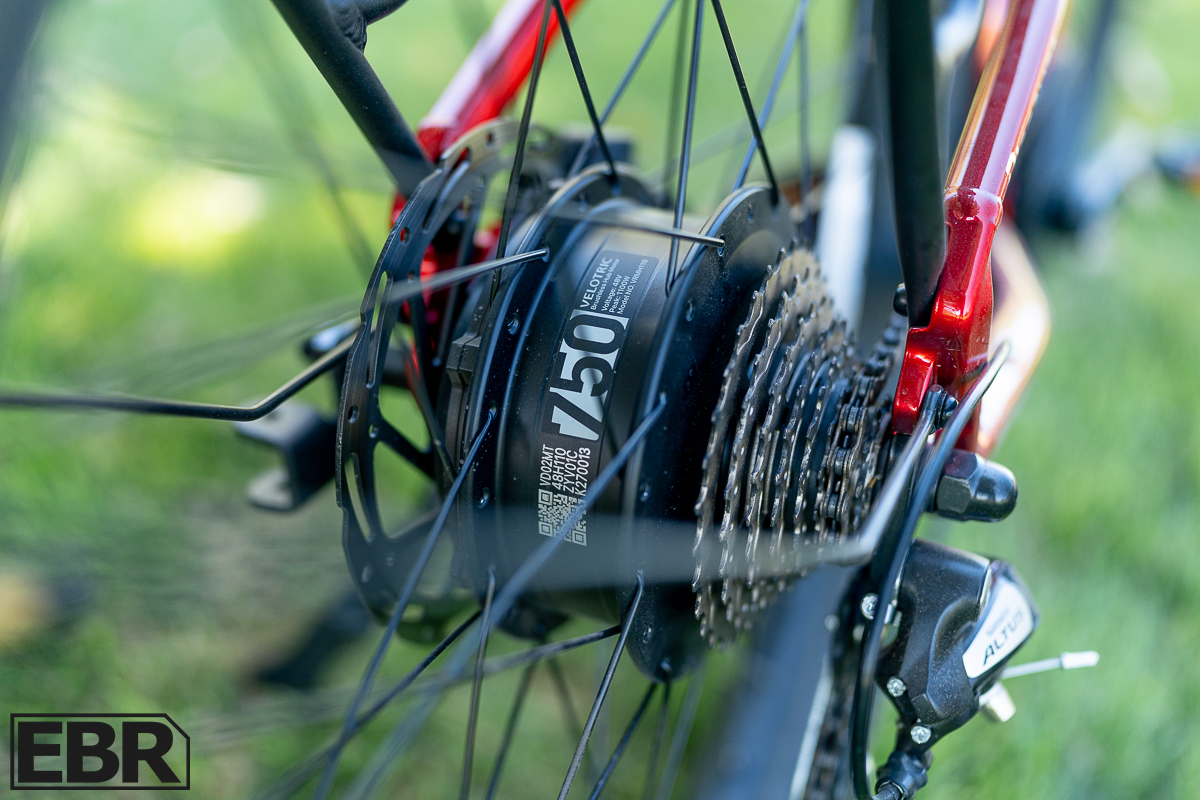
The Velotric Discover 2 received a big upgrade, motor-wise, from the Discover 1. The previous Discover came with a 500W brushless, geared hub motor that produces 65Nm of torque. By contrast, the Discover 2 was given a 750W hub motor that produces 75Nm of torque. That’s a 50 percent increase in power and nearly 14 percent increase in torque. We can attest such a difference is immediately apparent even to the most casual rider.
With a 706Wh battery, riders might worry that the Discover 2 would have less range than the Discover 1 did, with its 672Wh battery. As we just detailed, the Discover 2 is a long-range powerhouse, but its battery doesn’t meet our 1:1 rule of thumb for motor power to battery capacity ratio. On paper, most of us would guess that an e-bike with a 500W motor and 672Wh battery would give more range than one with a 750W motor and 706Wh battery. Such is the impact of the torque sensor.
Okay, it’s time to go into a bit more depth about torque sensors. A torque sensor measures just how hard the rider is pedaling, whereas a cadence sensor, which is what most value-oriented e-bikes are equipped with, simply measures whether or not the rider is pedaling. It’s binary, on or off. The torque sensor takes the force that a rider is putting into the pedals and then sends that signal to the controller. The controller takes that info and then, depending on what PAS the rider has selected, multiplies it by some factor. This is why some brands, such as Specialized and Bosch, talk about the e-bike adding 100, 200 or even 400 percent of your power.
That’s not the only difference between e-bikes with cadence sensors and torque sensors, though. Torque sensors take thousands of readings each second and constantly update the controller on your effort. That means that every little change in your effort results in a change in the motor’s output, making for a more dynamic, hand-in-glove experience. Few things in life can make you feel like Superman to the degree that an e-bike with a torque sensor and the PAS set to 5. It’s a thrilling zoom.
For those concerned about the safety of their home when charging an e-bike, you can be reassured by the knowledge that the Discover 2 is UL certified to the 2849 standard, which covers all of the electronics on the e-bike, including the battery and motor. The battery is separately certified to the UL 2271 standard as well.
Velotric ships the Discover 2 as a Class 2 e-bike with a thumb-button throttle, which some riders will find to be an insurance plan for tired legs should their ride last longer than their muscles.
There are spots on Velotric’s website where we’d appreciate them giving a bit more detail, such as the range of the cassette they chose as well as the make and model of the suspension fork. Omissions like these are frustrating, but common across all but the legacy brands such as Specialized and Trek.
Components
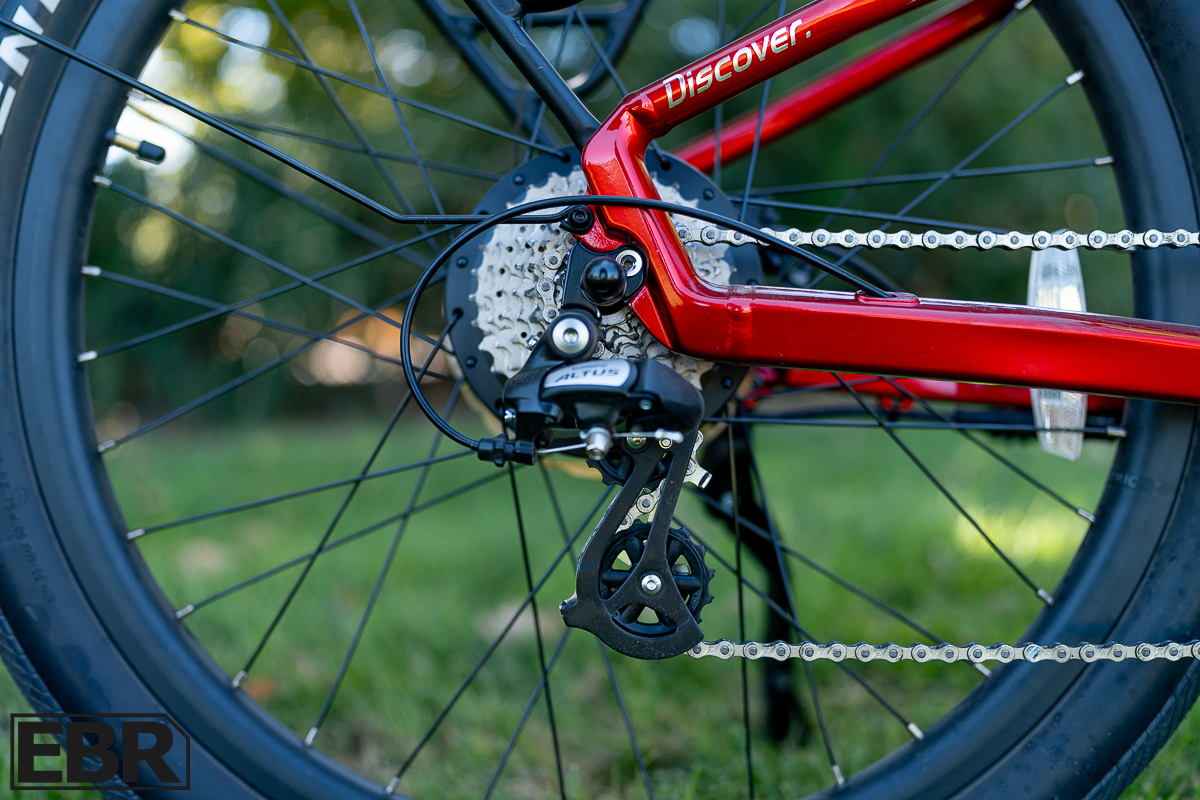
In looking at the components spec’d on the Velotric Discover 2, it would be easy to focus on the upgrade from a 7-speed drivetrain to an 8-speed one; that’s a significant upgrade; there’s more to it than just one extra gear, but we will come back to that.
The Discover 2 comes equipped with 27.5-in. wheels rather than the 26-in. wheels found on the Discover 1. By switching to a bigger wheel Velotric gives the rider a couple of gifts. First, as we mentioned, a bigger wheel rolls more efficiently. It takes a little bit more energy to accelerate up to speed, but once there, it stays at speed more easily; it also rolls over pavement cracks and seams smoother. This contributes to the bottom line on range. Bigger wheels pay another dividend: At speed they make the e-bike more stable and the handling more predictable without sacrificing low-speed maneuverability. By increasing stability at speed and making the handling more predictable, riders feel more secure going fast, which is a handy thing for an e-bike that can be set for Class 3 operation with a top-assist speed of 28 mph.
To offer riders bigger wheels, Velotric had to redesign the frame for the Discover 2. They now offer two different frame sizes, regular and large, and claim the two sizes can cover riders from 4 feet 11 inches up to 6 feet 4 inches. In our experience, that range is overly optimistic. What buyers need to be aware of is that the two sizes have the exact same reach, 373mm. The smallest rider and the tallest rider have the same reach from the saddle to the handlebar. What this means is that all that changes between the two sizes is how long an inseam the frame can accommodate.
One nice feature of the step-thru design, though, is its 390mm (15.3 in.) standover height. This is a very handy detail for anyone who has any reduced range of motion in their knees or hips. Arthritis sufferers rejoice. Okay, maybe not, but a low standover will help.
Velotric changed the 80mm-travel fork from the previous one. The old fork featured a quick-release skewer that made taking the front wheel off a snap, but the new version uses a thru-axle and what that does is helps to keep the front wheel from twisting in the fork, a problem common in budget-level suspension forks. The more the front wheel can twist, the less certain the handling feels, which will undermine a rider’s confidence.
Now, that 8-speed drivetrain. When a manufacturer chooses an 8-speed drivetrain for their e-bike, they are giving their buyer a number of handy benefits. We’re e-bike reviewers here, which means we are bike nerds; we will save you the rabbit hole of technical stuff, but with an 8-speed drivetrain buyers get the following: yes, one more gear than with 7-speed; a stronger rear wheel, better able to support bigger riders; smoother shifting, particularly when downshifting into an easier gear; a more ergonomic and easier to use trigger shifter; drivetrain components (particularly the cassette) that will last longer.
Velotric changed which brake they spec on the Discover 2, but it is still a hydraulic disc brake (from Tektro) paired with 180mm rotors. We like the feel of the levers and the excellent power they had in hard stops.
The Kenda tires measure 27.5 x 2.4-in. and have a very low-profile tread, which makes them quick rolling. They have a puncture-resistant belt to help prevent glass and other debris from piercing the tire.
Screen / User Interface / App
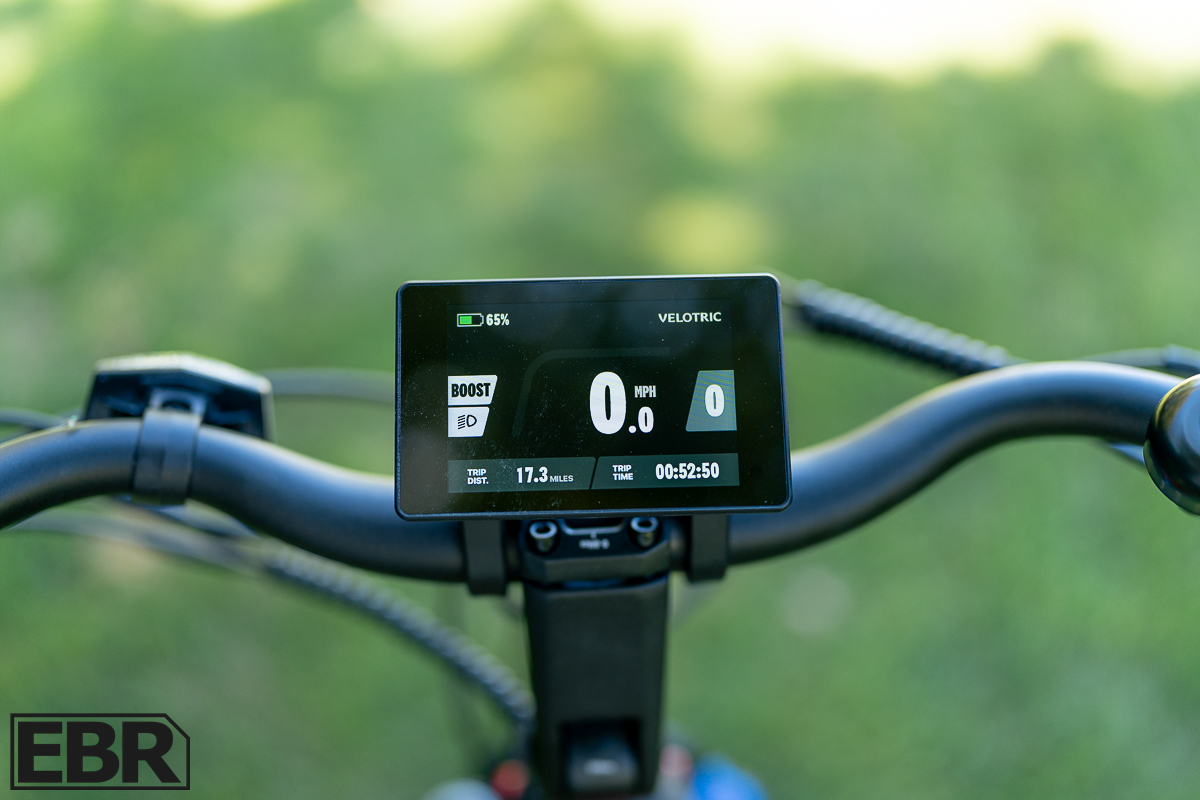
Velotric’s color display on the Discover 1 offers a 3.5-in. color screen. Riders can look at functions like current speed, miles covered, remaining range (an estimate) and more. One of the features of the display is Bluetooth connectivity, which is how it communicates with the smartphone app. The app allows riders to customize riding modes and motor performance, as well as select which class of operation you prefer. Users can make the lights either turn on automatically or leave it to manual operation. Do you want throttle speeds to be determined by the PAS levels? That’s how most e-bikes operate, but the Discover 2 gives you a choice.
On the subject of security, one other nice feature of the Velotric Discover 2’s electronics system is the ability to be detected by Apple’s Find My app (sorry Android users).
The display shows the usual functions we would expect to find including current speed, PAS level, trip time, trip distance, light status and battery charge level. On this last, Velotric deserves applause: Battery charge is indicated as a percentage, precisely what we’ve been asking so many other manufacturers to do.
Velotric Discover 2 Model Options
Before we get to the options, we should take a moment to point out that the Velotric Discover 2 comes outfitted with a collection of great accessories. They’ve included fenders, front and rear lights, a rear rack and heavy duty kickstand. Commuters need only add a bag or two in back to carry their work essentials.
At the point of purchase, Velotric offers buyers a few different options. The first, most obvious is color. It comes in Mint, Pine Green, Cherry Crimson or Stone Grey. The other option is frame size.
And then there’s Velotric’s enormous selection of accessories. They have racks and baskets, bags to work with them, different seats, helmets, locks—everything you need for commuting—plus a host of replacement parts if you are the DIY type.
Is The Velotric Discover 2 Worth Buying?
We could try to keep you in suspense, but it’s probably evident by now that not only do we think the Velotric Discover 2 is superior to the Discover 1, we like it, a lot. This is a well-executed e-bike and at less than $2,000, it gives the buyer plenty of value.
That’s not to say we think this e-bike is perfect. While your dollar goes farthest in the $1,000-$2,000 price range, you can’t find a perfect e-bike in this price range. Our biggest issue with the Discover 2 is that the two sizes aren’t different enough from each other. When you look at eMTBs and commuters from the big legacy brands, they always offer multiple sizes and as the length of the seat tube changes, so does the reach from the saddle to the bar in order to follow the proportional changes that are common to humans. That said, this isn’t a fatal flaw by any means; it just means that people who struggle a bit to buy clothes that fit due to their height (or lack of it) may find it challenging to fit on this e-bike. Most of us will do just fine on it.
The real question is who the target market for this e-bike is. The buyer most likely to find the Velotric Discover 2 the answer to their needs is the person with a slightly longer commute who wants to knock it out on a Class 3 e-bike, rolling from light to light at just below 30 mph. When it comes to Class 3 e-bikes with hub motors, our preference is to see a 750W motor because the power necessary to go 28 mph is more easily generated by a motor with this rating, as compared to a 500W (or smaller) motor. The more you run a motor at its limits, the more likely it is to burn out and people can and do burn out e-bike motors.
By the way, Velotric provides a two-year warranty on their e-bikes.
The rider who knows they are buying their e-bike for use on the road and doesn’t plan to go exploring multi-use trails or dirt roads will benefit from a commuter like this because its combination of low-profile tires and short-travel suspension fork make it well-suited to the commuter.
One final note on the addition of the torque sensor: If you’re uncertain about whether or not an e-bike with a torque sensor is for you, ask yourself this question: Are you looking for activity—to be outside moving your body but not sweaty and breathless—or are you looking for exercise and to feel your muscles work and break a sweat? If you nodded to the latter, then the Velotric Discover 2 is an e-bike you should consider.
Pros
- It features a new, more powerful 750W brushless, geared hub motor that produces 75Nm of torque.
- The 706Wh battery can offer riders a range of 75 mi. or more.
- An 8-speed Shimano drivetrain gives riders plenty of gears for going both up and down hills.
- The addition of a torque sensor makes the Discover 2 more responsive in acceleration and sensitive to rider input.
- Includes a solid package of accessories including rear rack, fenders, front and rear lights and a kickstand.
- The electronics system is certified to UL 2849 and the battery is also certified to UL 2271.
Cons
- The two frame sizes aren’t really different.
- This is an e-bike strictly meant for road use; anyone wanting to hit dirt roads or multi-use paths would benefit from something with knobbier tires.

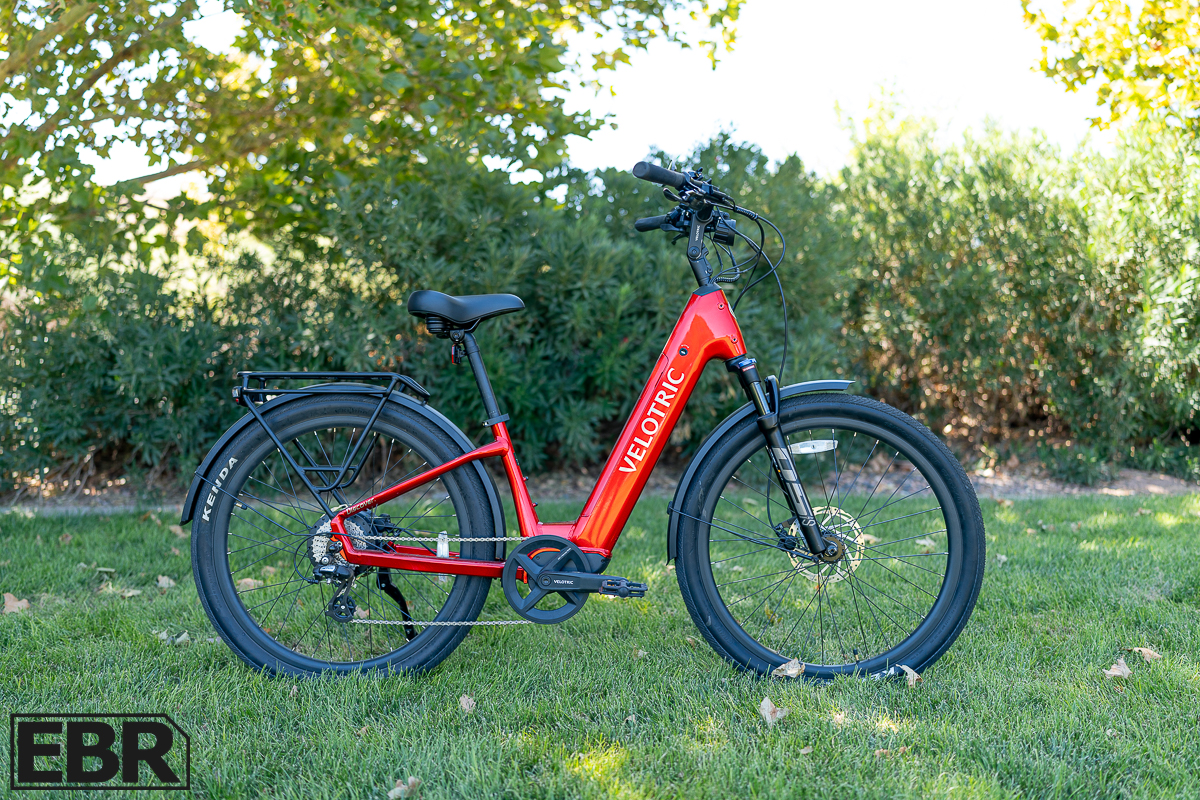
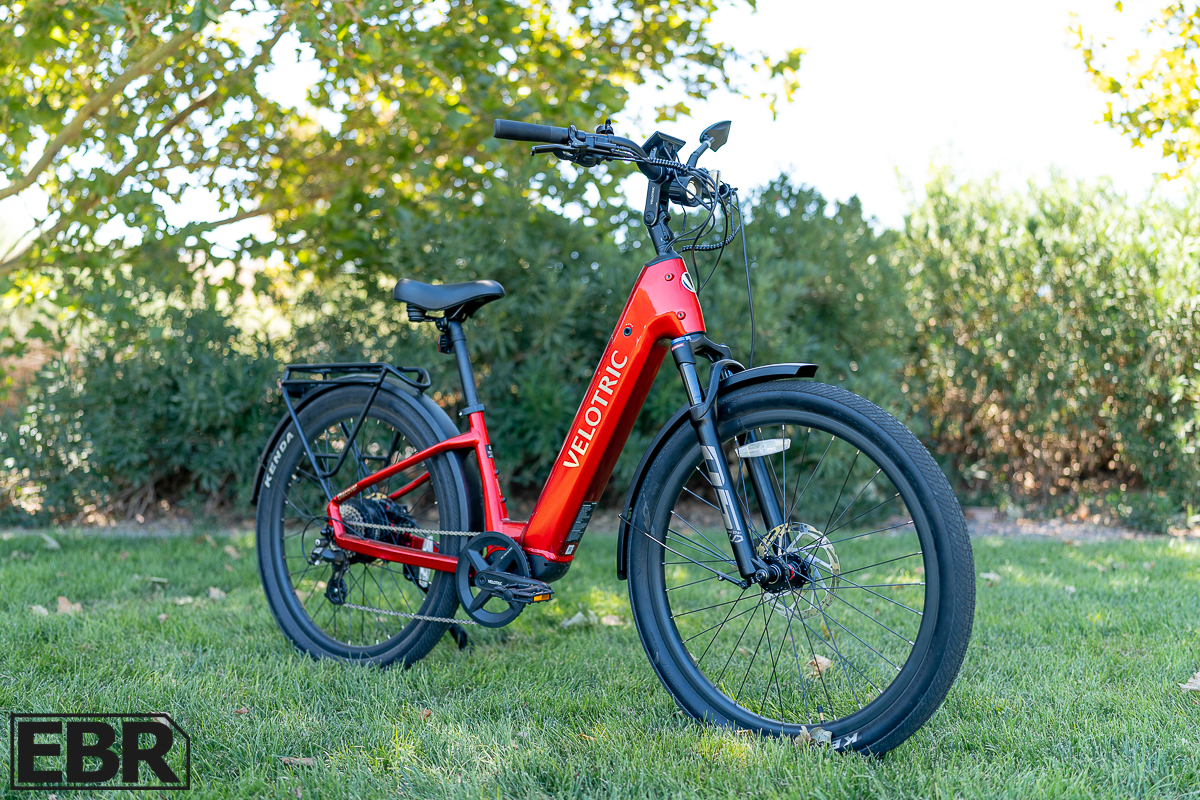
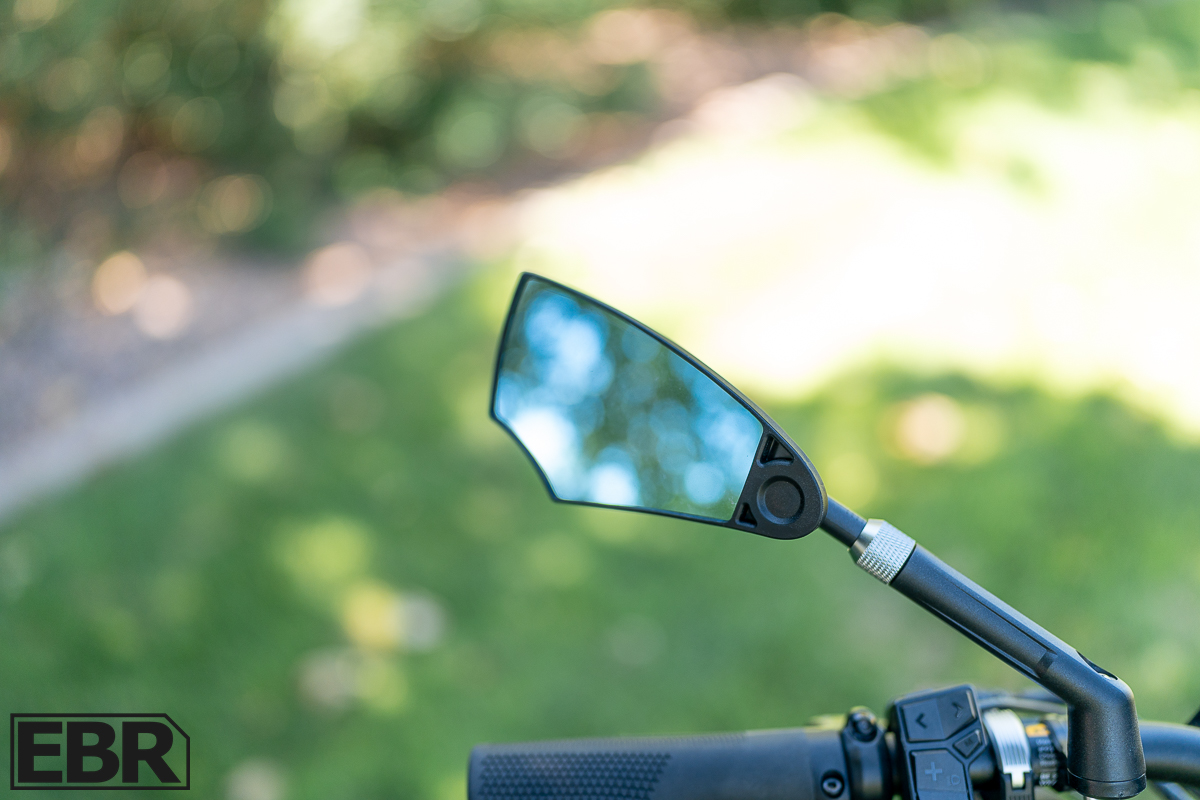
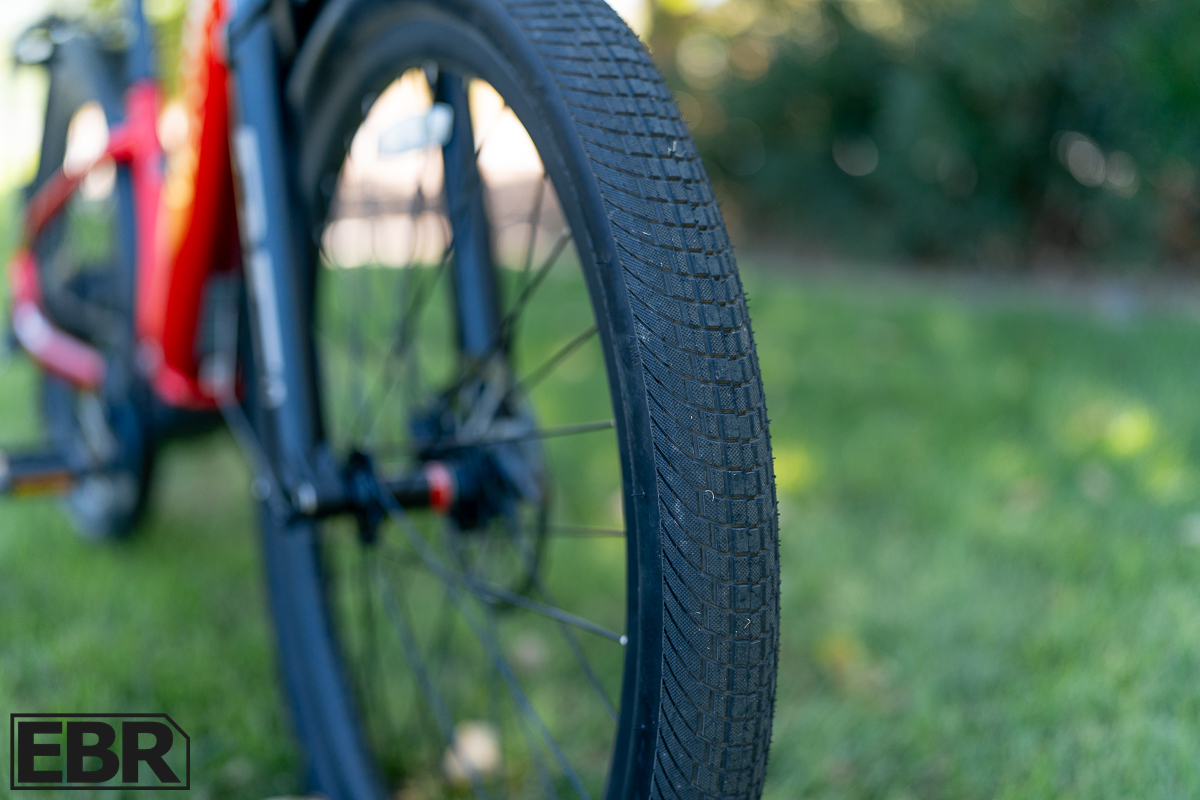
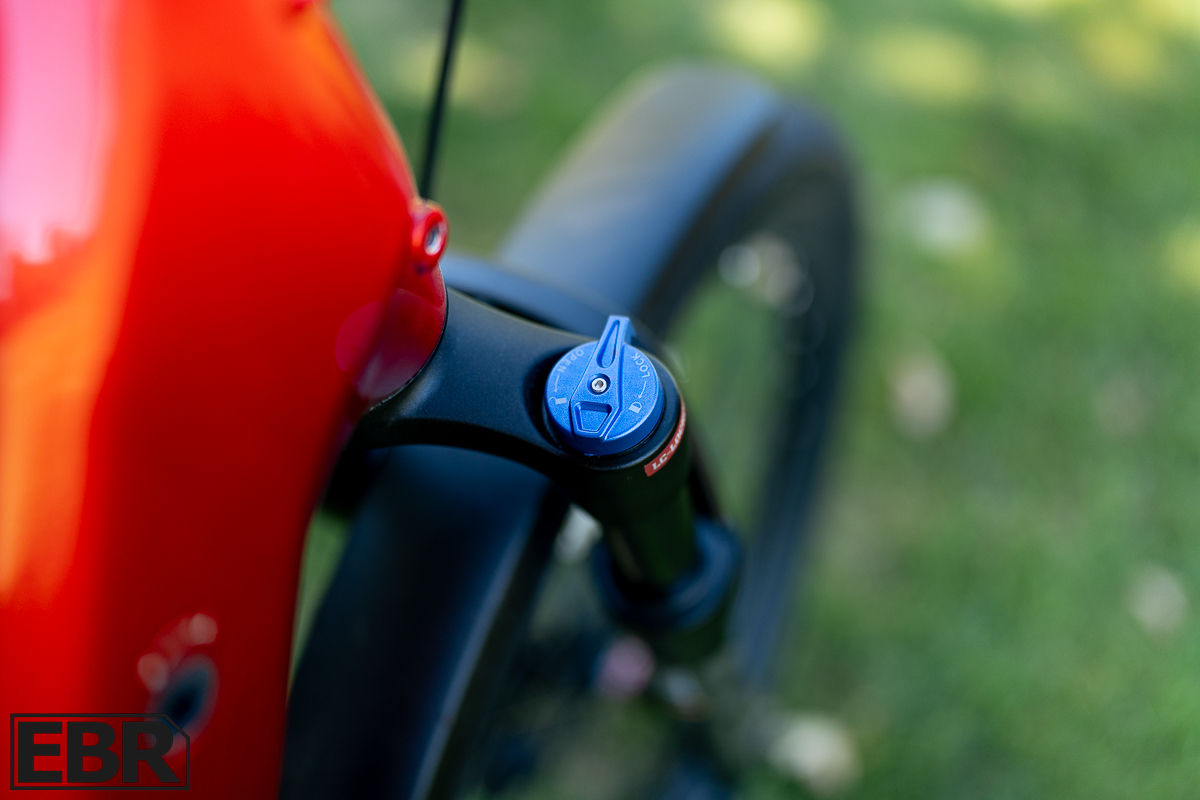
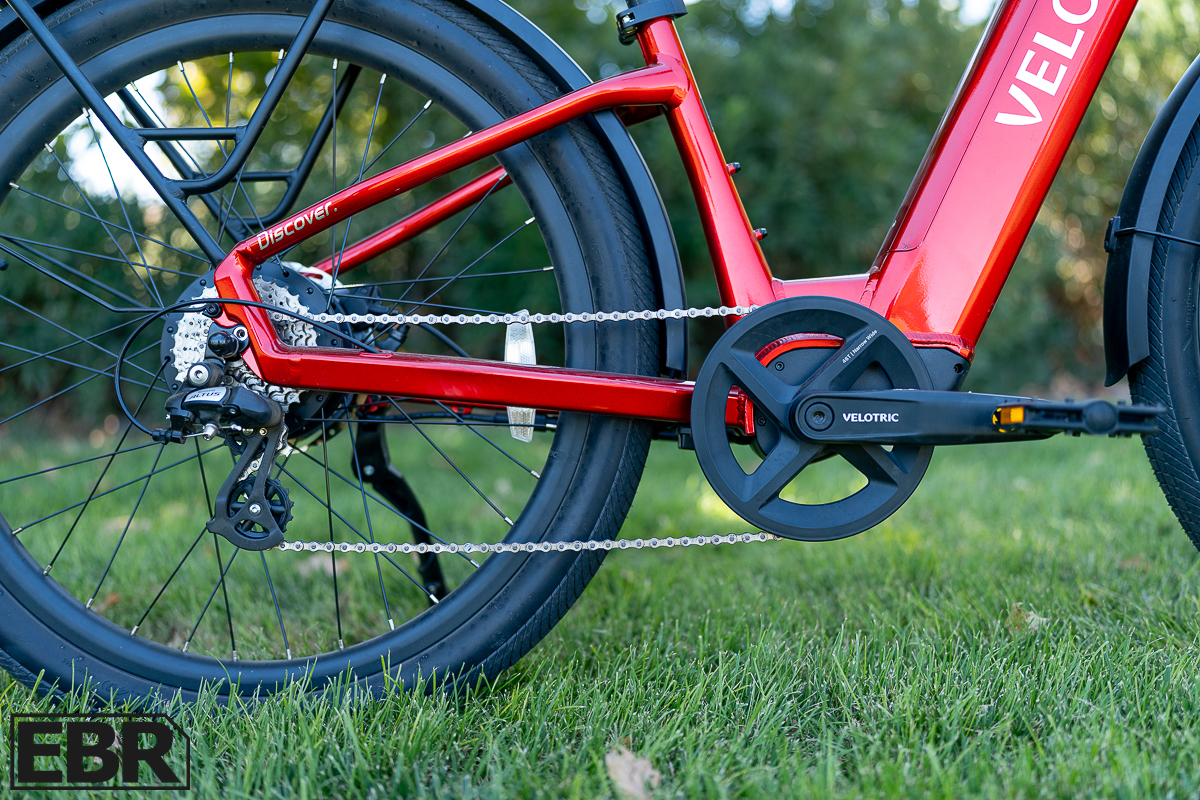
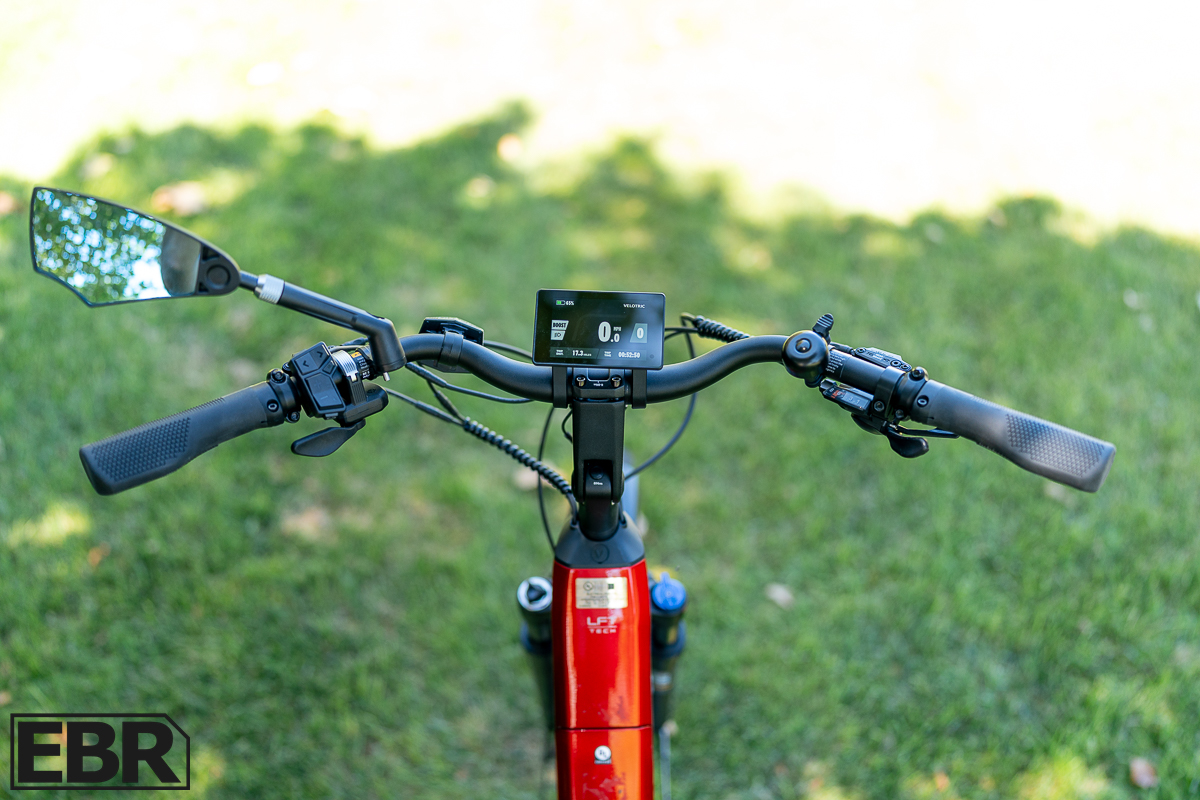
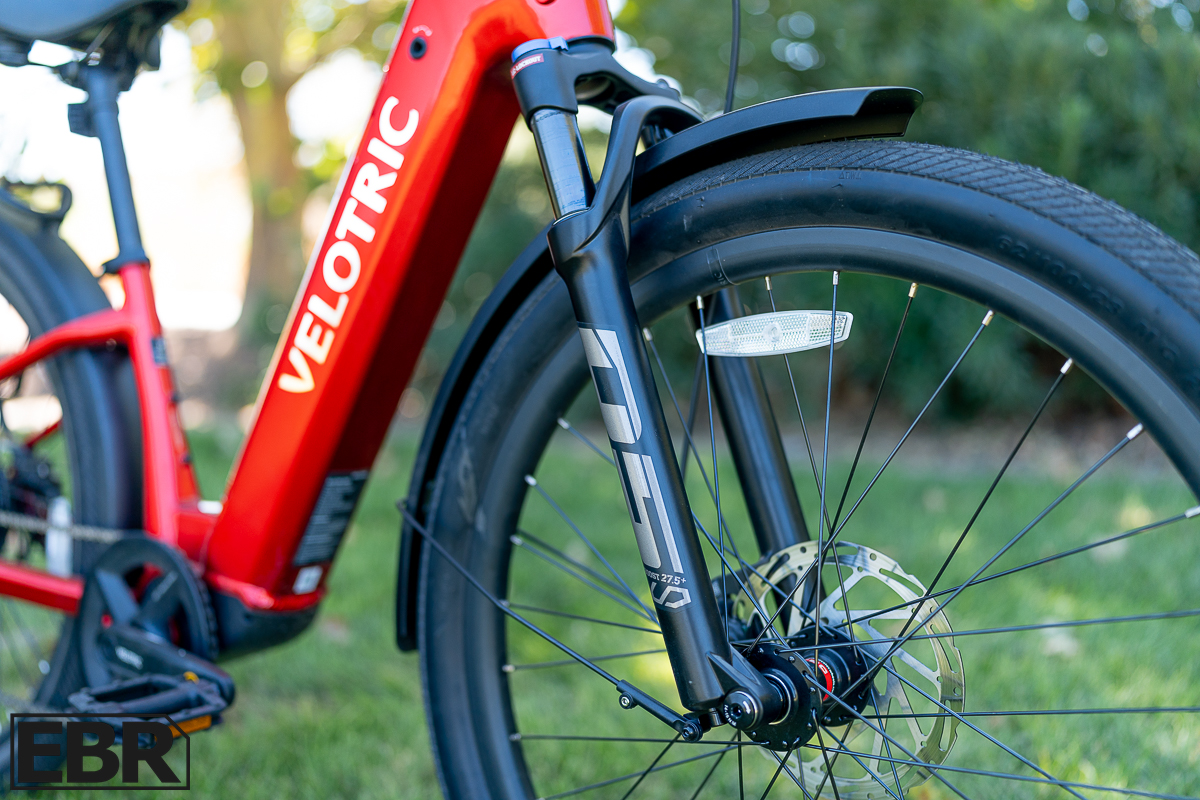
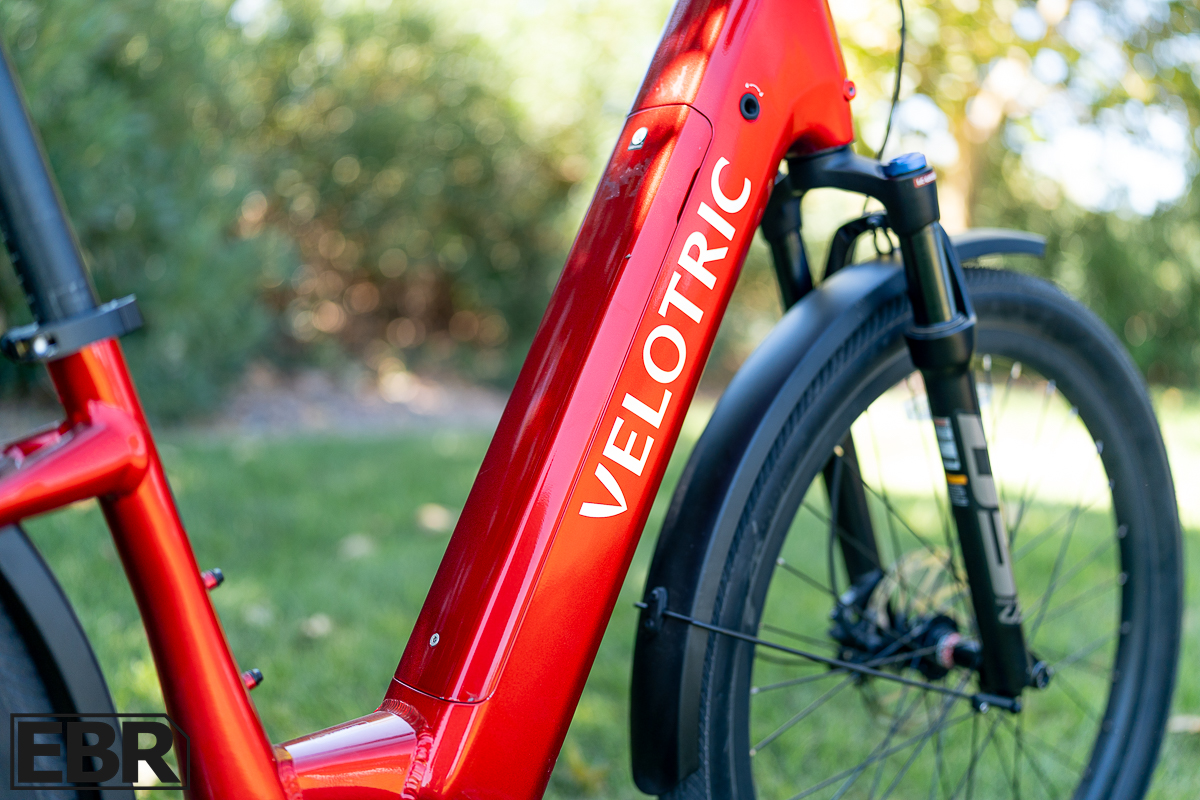
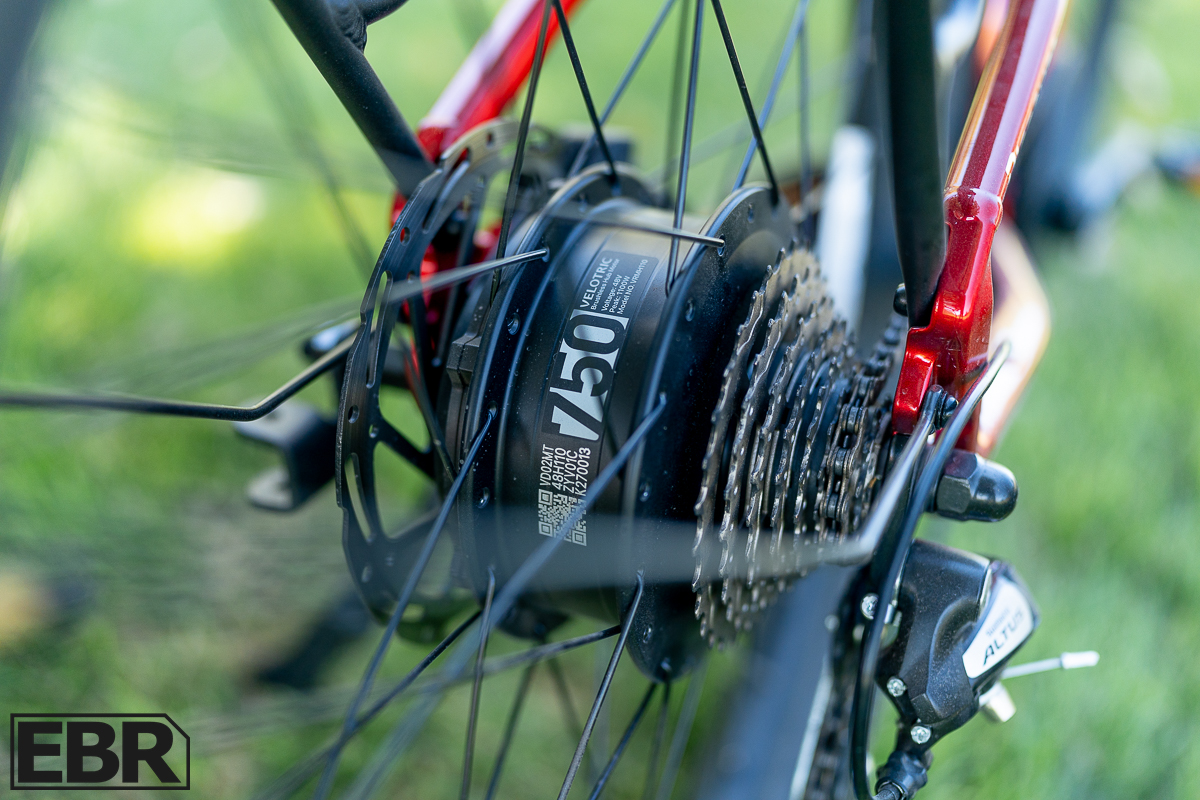
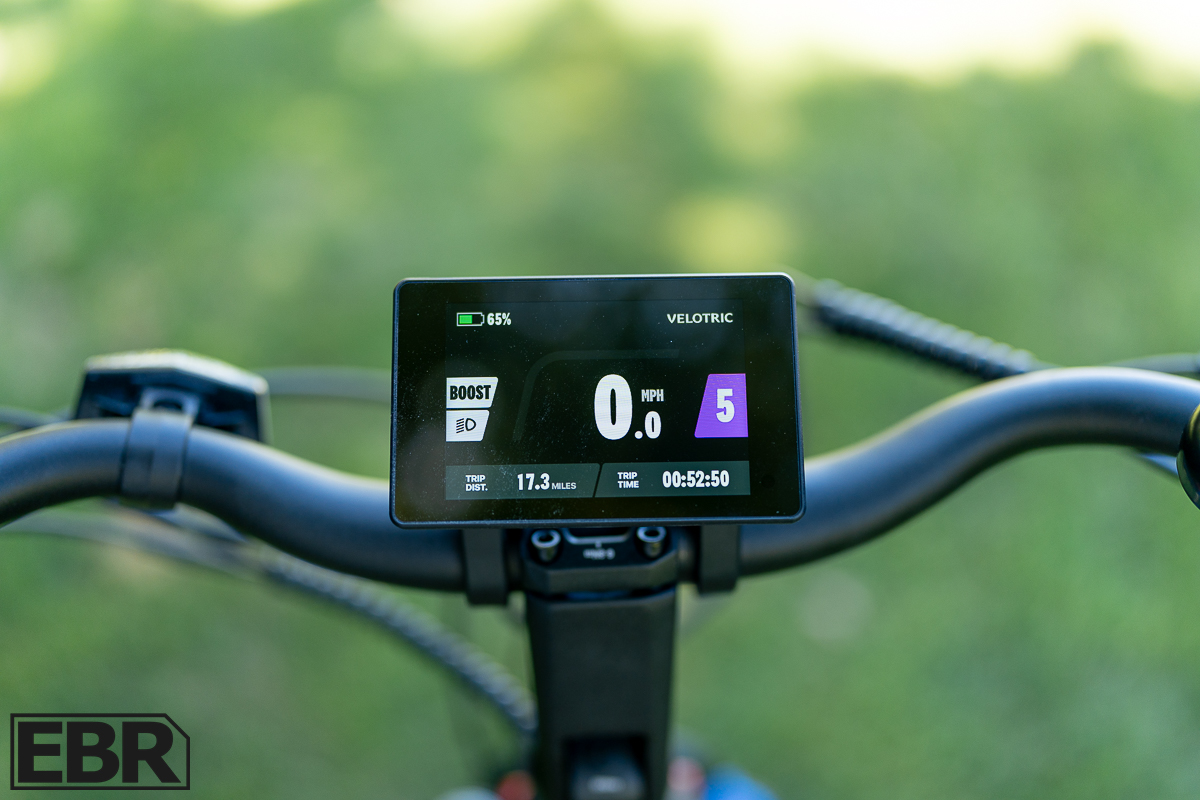

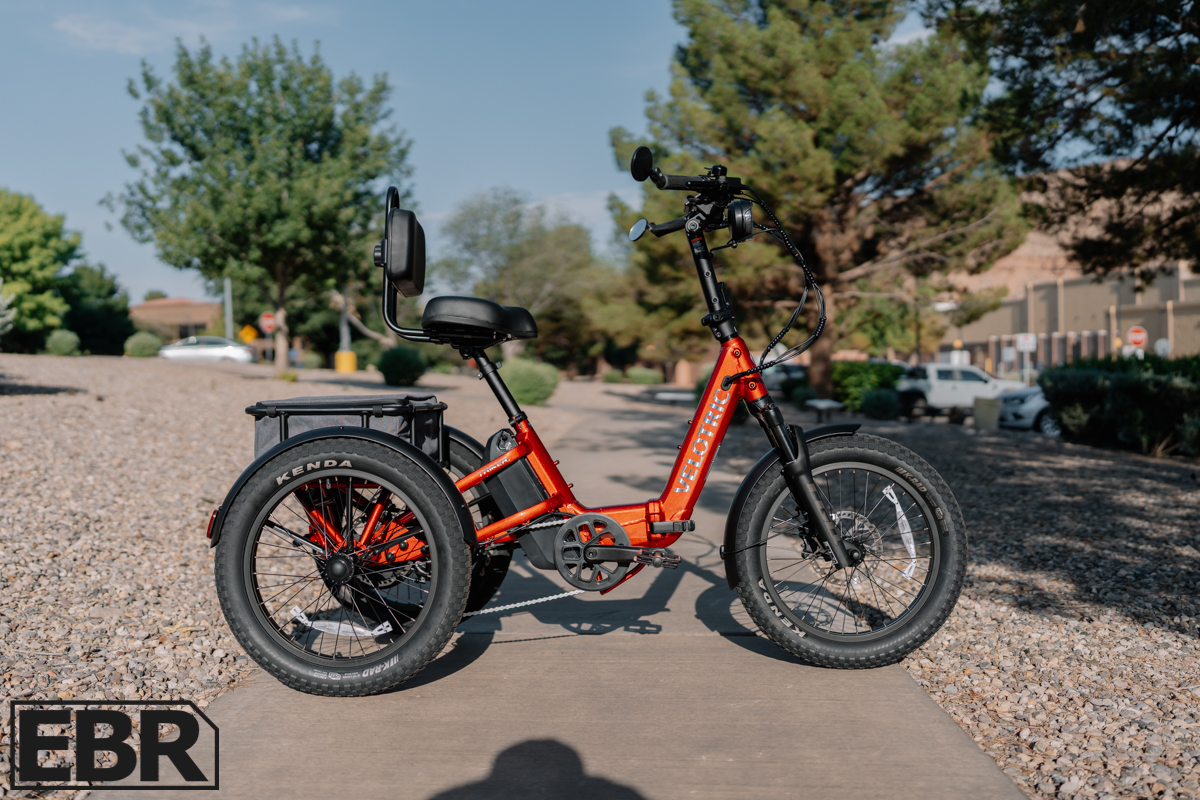
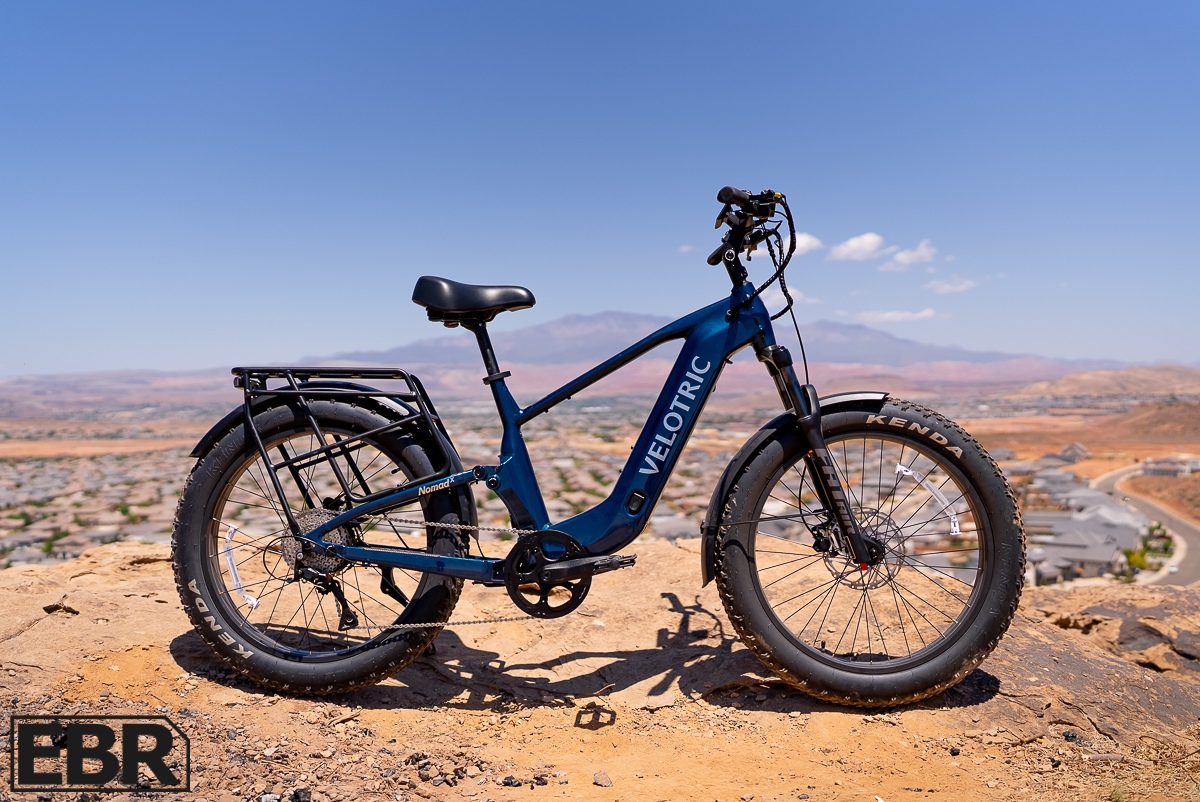
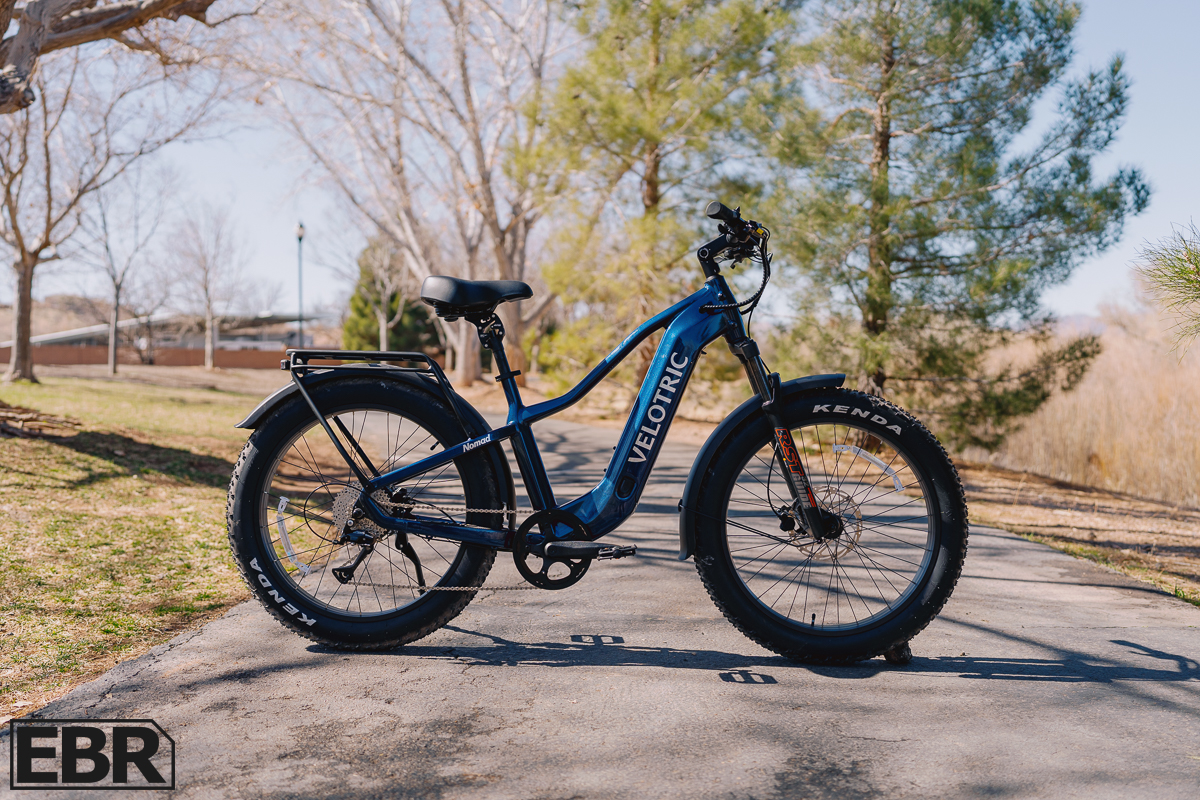
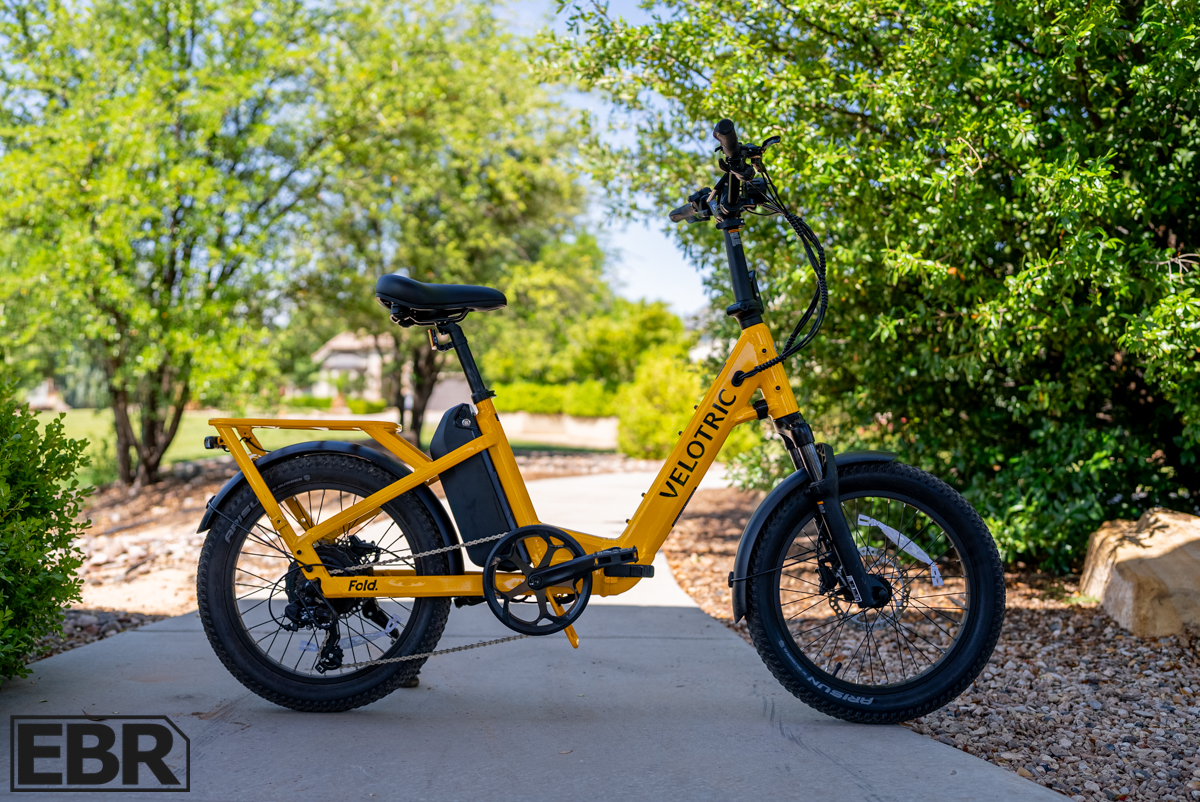
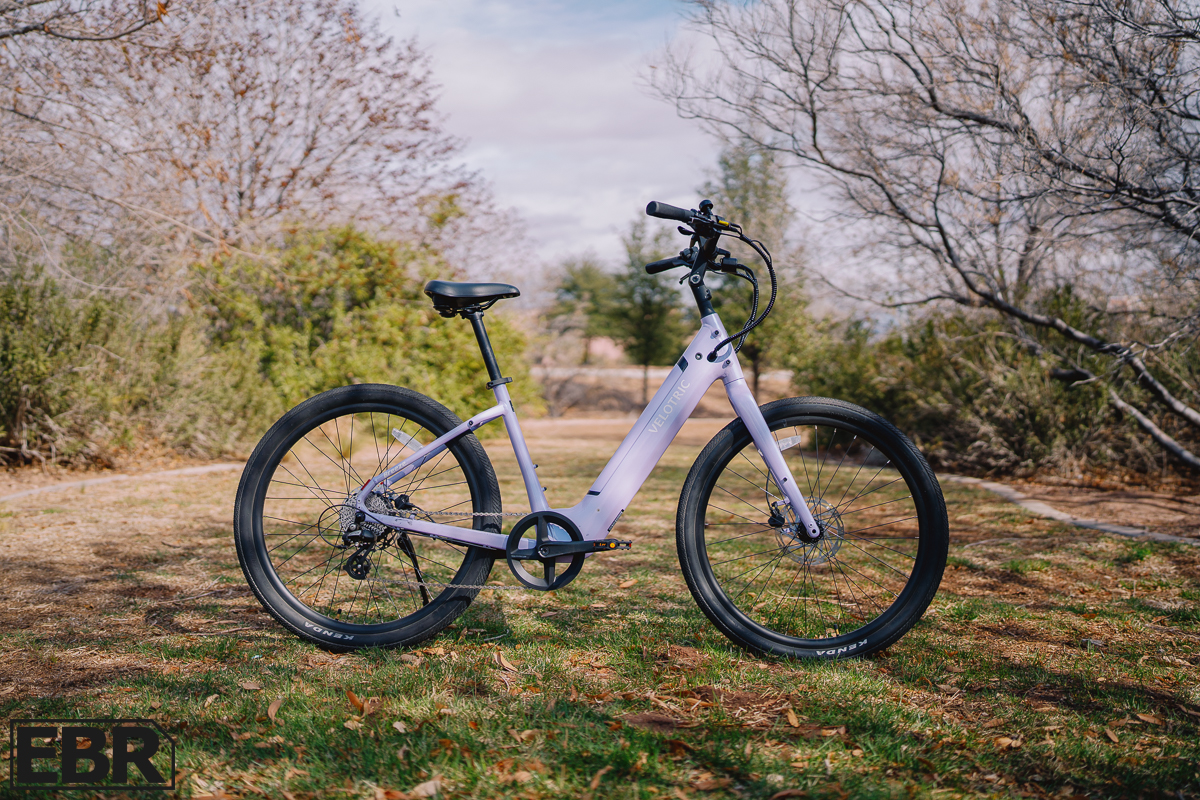
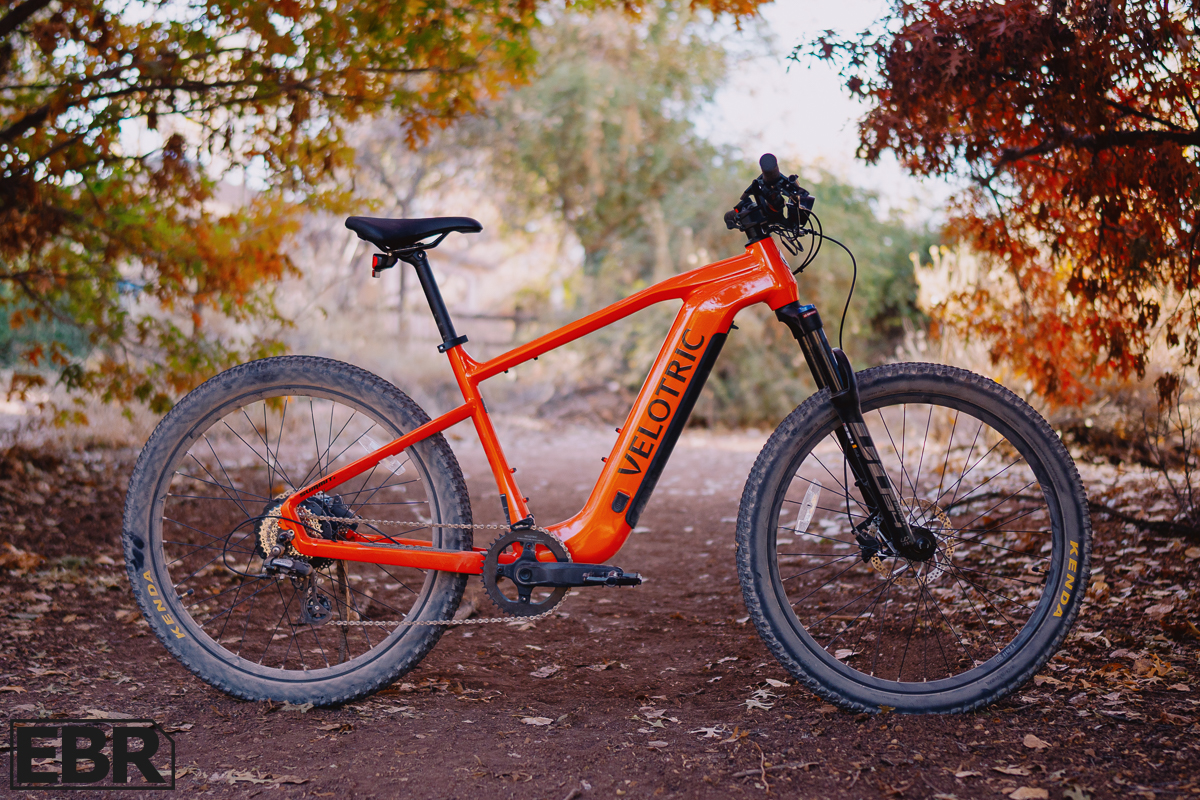
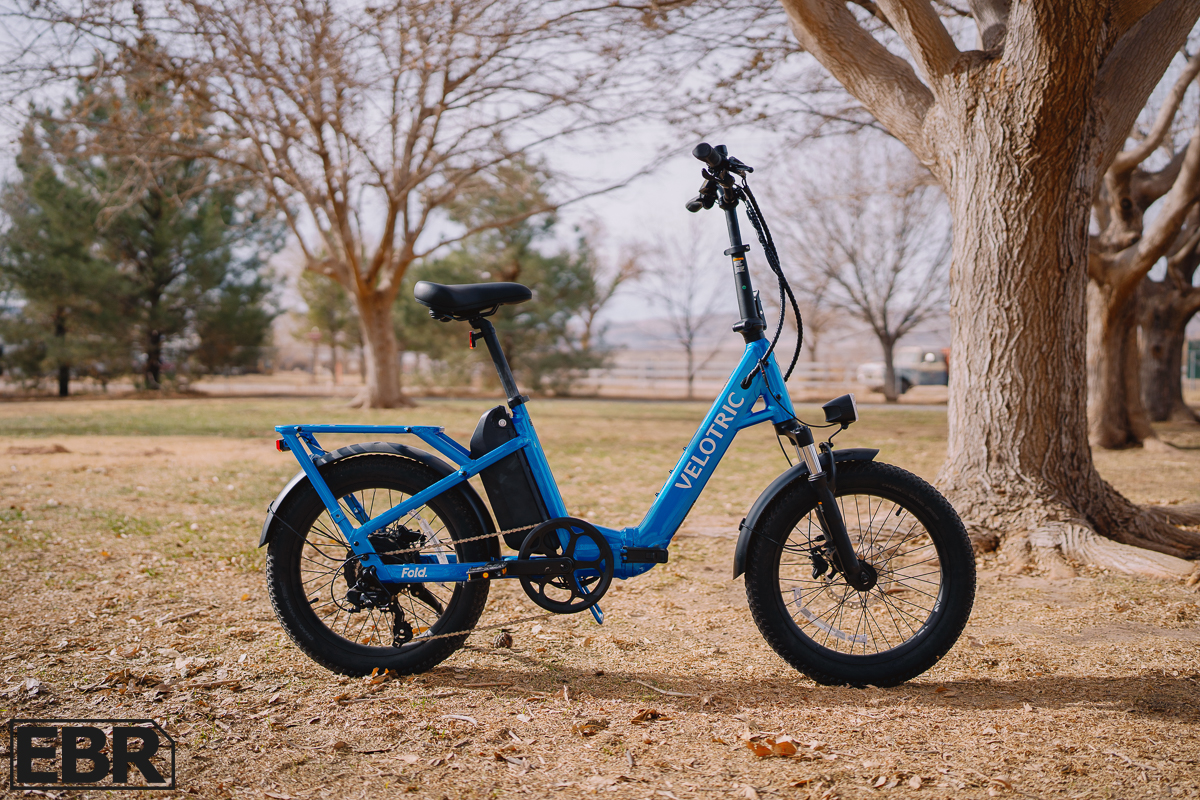
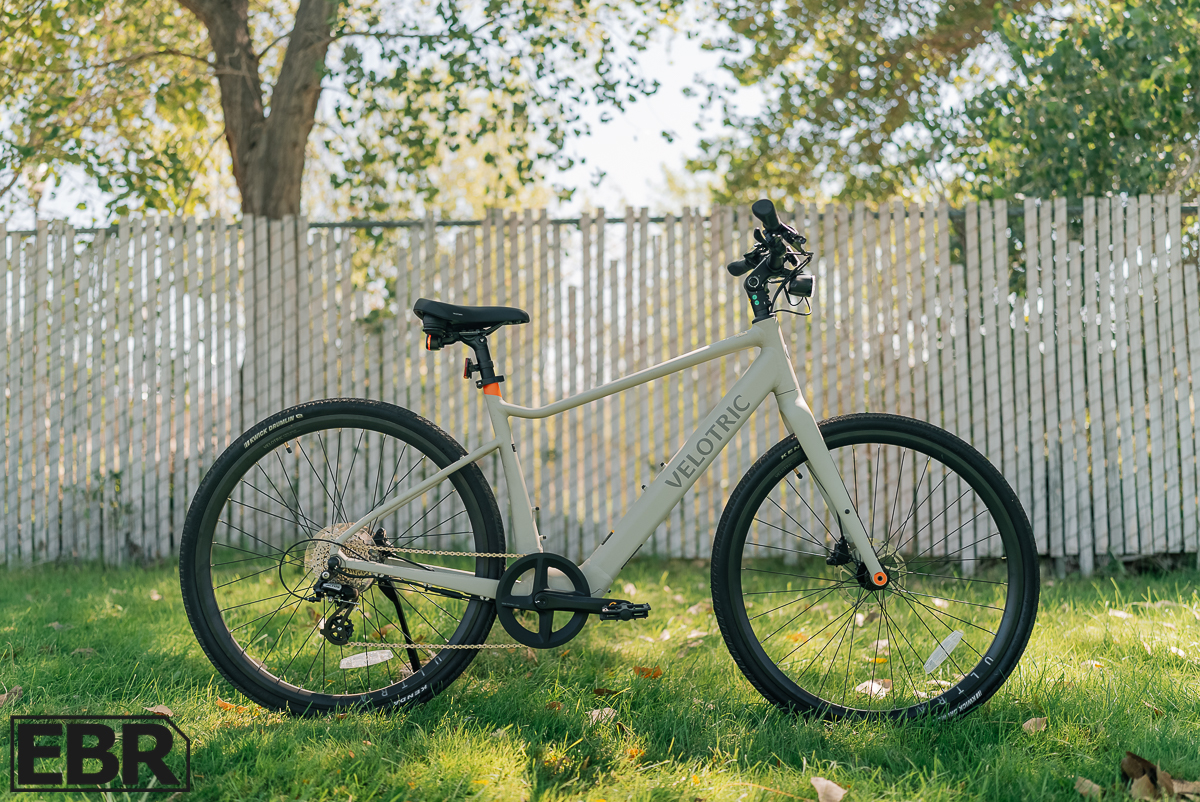
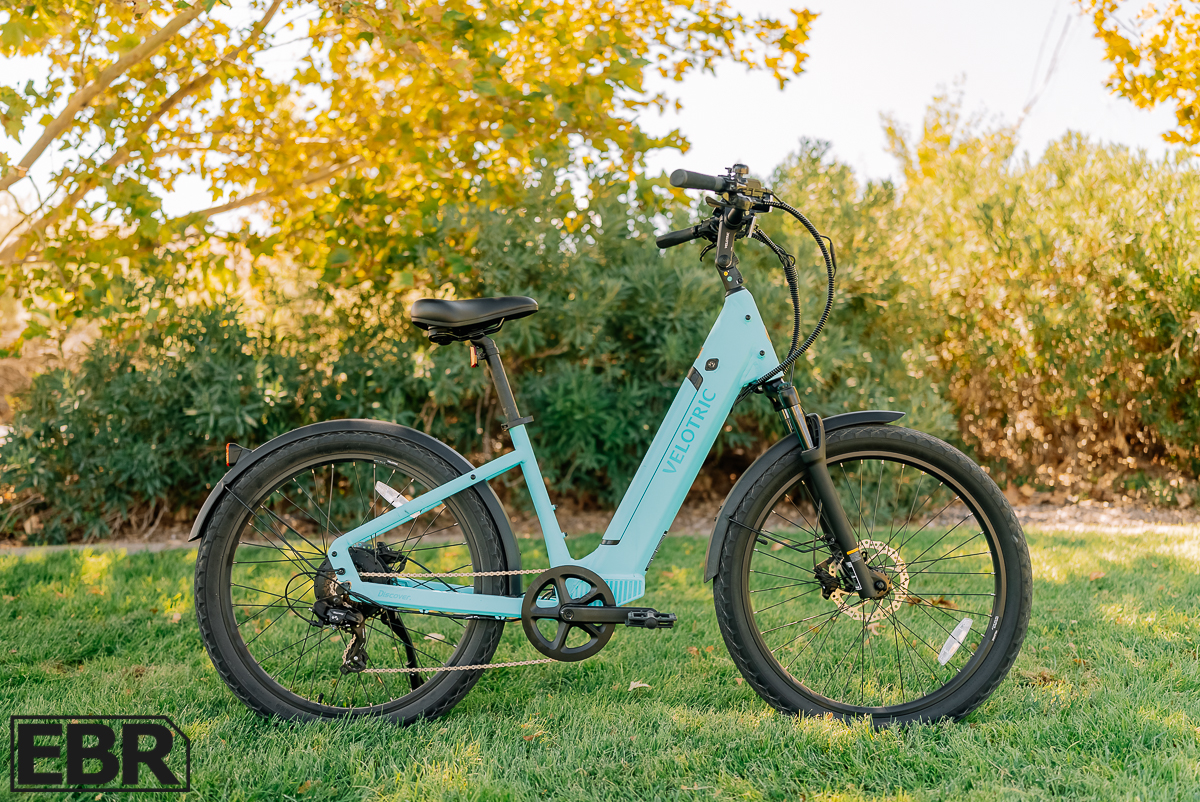
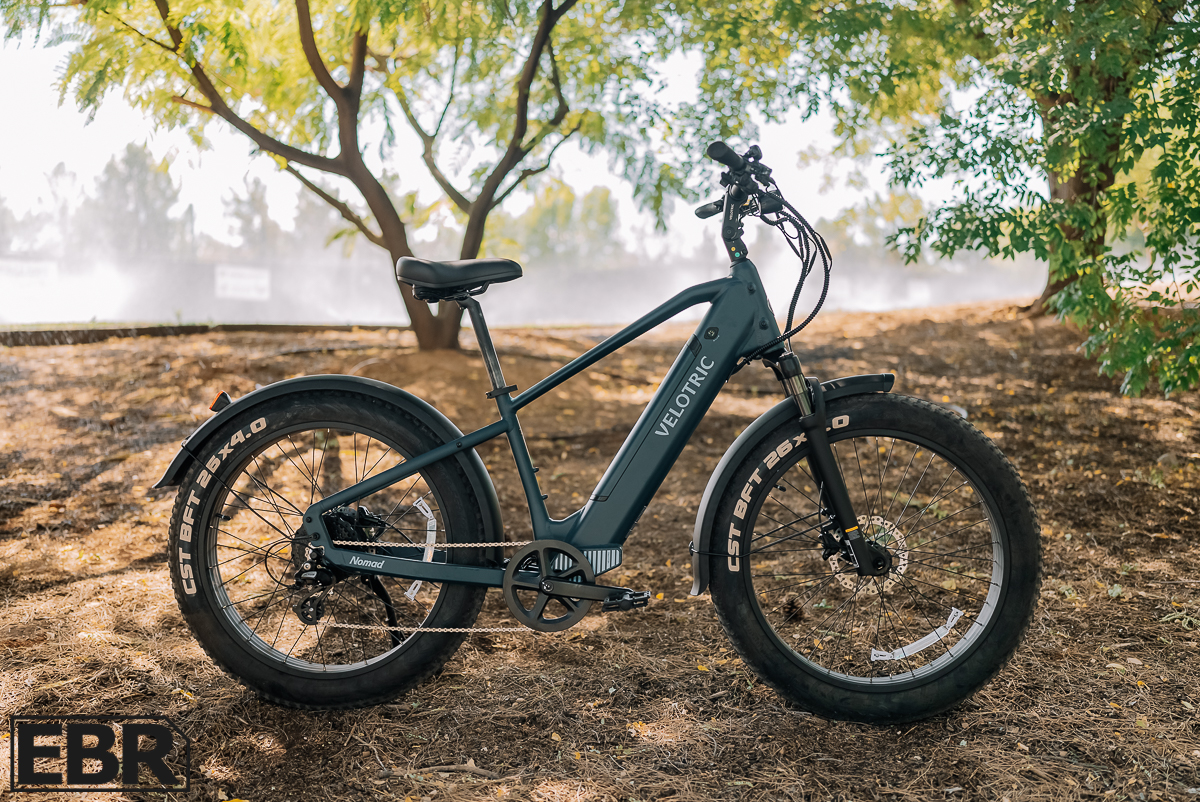
terry says
Can it climb an 18% grade with moderate pedaling? Please don’t guess.
Mike says
That’s a fair request, but I don’t have an 18% grade near me, that’s a beast of a hill climb!